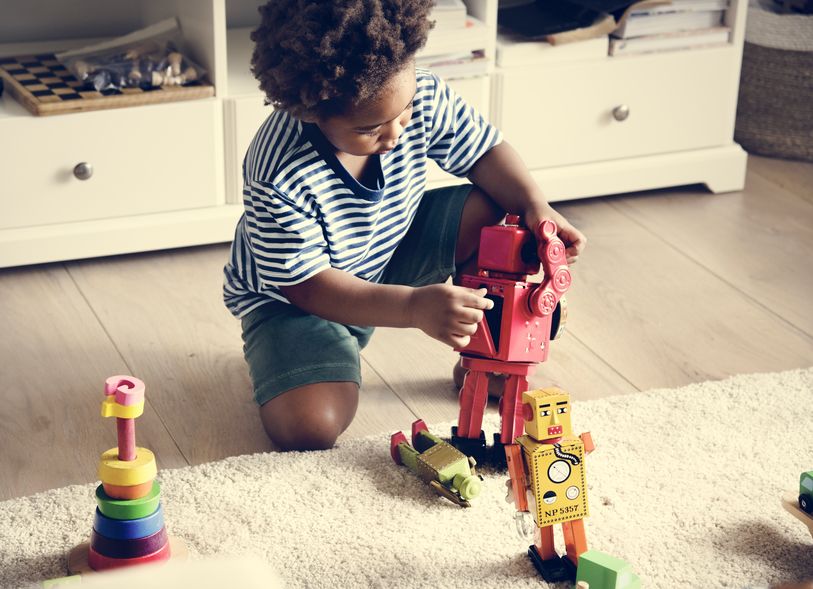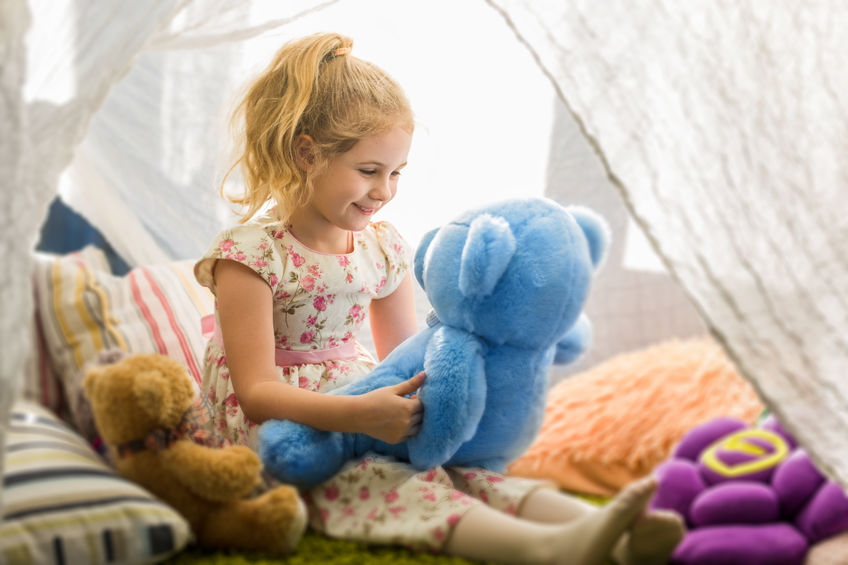
Have you ever woken up in the middle of the night and noticed that your child still hasn’t fallen asleep? While occasional sleepless nights are normal, it gets concerning when it becomes a pattern. School-age children need about 9-12 hours of sleep each night, significantly more than the typical 7-9 hours adults require.
Ensuring your child gets enough sleep is crucial for their health and well-being. Identifying the root cause of their insomnia is essential to help your child sleep better. Here are four common reasons your child might not get enough sleep!
1) Too Much Screen Time
In today’s digital age, children are surrounded by screens, from TVs to tablets and smartphones. While these devices are integral to our daily lives, excessive screen time can disrupt sleep patterns. The blue light emitted by digital screens interferes with melatonin production, the hormone that regulates sleep. When children are exposed to screens before bedtime, it can make them feel more alert and delay the onset of sleep. Limiting screen time in the evening and encouraging tech-free activities, like reading or drawing, can help them wind down before bed.
2) Stress and Anxiety
Children, just like adults, can experience stress and anxiety, which can interfere with their ability to sleep. Concerns about school, friendships, or family issues can keep their minds racing at night. Encourage open communication with your child about their feelings, and teach them stress relief techniques like deep breathing or gentle stretches before bed. Creating a calming bedtime routine can also help reduce anxiety and promote better sleep.
3) Lack of a Bedtime Routine
A consistent bedtime routine is key to helping children transition from the day’s activities to a restful night’s sleep. Their minds may take longer to settle without a routine, leading to difficulty falling asleep. Establishing a set bedtime and creating a nightly ritual—such as brushing teeth, reading a story, or having a warm bath—signals to the body that it’s time to wind down. Consistency is crucial in making this routine effective.
4) An Inconducive Sleep Environment
The environment in which your child sleeps plays a significant role in their ability to fall and stay asleep. A cluttered or bright room can be distracting and prevent relaxation. An uncomfortable bed or the presence of electronic devices can also hinder sleep. Creating a calming and inviting sleep space is essential. Consider blackout curtains to block out light, ensure their bed is comfortable, and add elements like a cozy stuffed animal to make the space more inviting and secure.
By addressing these common sleep disruptors, you can help your child achieve the restful sleep they need to grow and thrive.
If you’re looking for a comforting companion for your child to make bedtime more soothing, consider adding a cuddly stuffed animal to their nighttime routine. At The Zoo Factory, we offer a wide selection of stuffable animals that can provide the comfort and security your child needs for a better night’s rest.
Browse our website to view our newest arrivals, and place an order today! Be sure to check out our extra accessories to personalize your child’s new bedtime companion.








